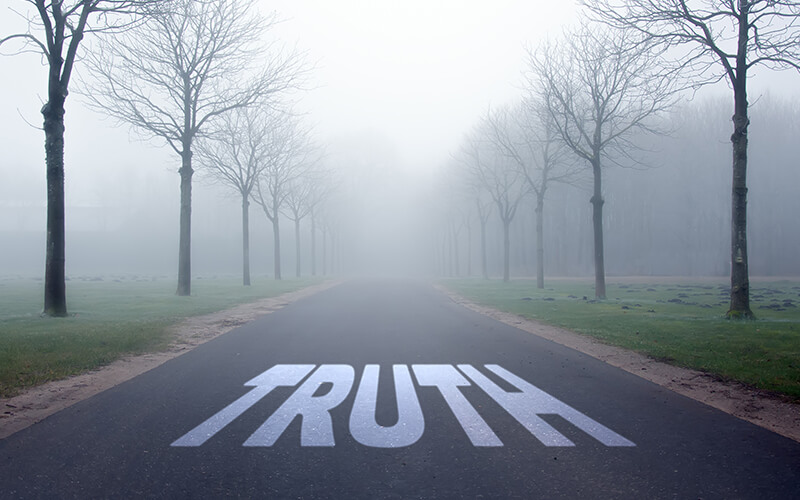
In a new Cal State Fullerton course about “what is truth,” students learn to evaluate the trustworthiness of information and sources — from the internet, scientific research papers, news outlets, government agencies and historical case studies.
The new Explore Core: Truth course, offered for the first time this fall, is interdisciplinary and brings together perspectives from the humanities, social studies and natural sciences.
Teaching the three-module course are Andrew Howat, professor of philosophy, who shares how philosophers think about truth and the search for truth; Kevin Lambert, professor of liberal studies, who addresses truth from a historian’s point of view; and H. Jochen Schenk, professor of biological science, who focuses on empirical science, where truth appears in universal laws and data.
In 2017, several faculty members brainstormed ideas to create the course, mainly due to the political culture in the U.S., which seemed to care less and less about the truth, Lambert said.
“The impetus was the 2016 presidential election and the emergence of alternative facts and falsehoods spreading not only in social media but also in news media and, most alarmingly, the government,” Schenk added. “In short, it came from us entering into the post-truth era.”
In the course, students ponder what is truth, how truth is made or discovered and why, and when people should trust the truths that emerge. The course also has a Spotify playlist with songs about truth (and lies).
Student Scarlet Harris, a first-year psychology major, said she has learned the importance of fact-checking and validating sources to get to the truth.
“The course has helped me to understand what sources are most reliable and believable and how to formulate my own opinion without heavy influences from misinformation, social media or even something absurd I heard about the presidential election,” Harris said.
Truth in Science
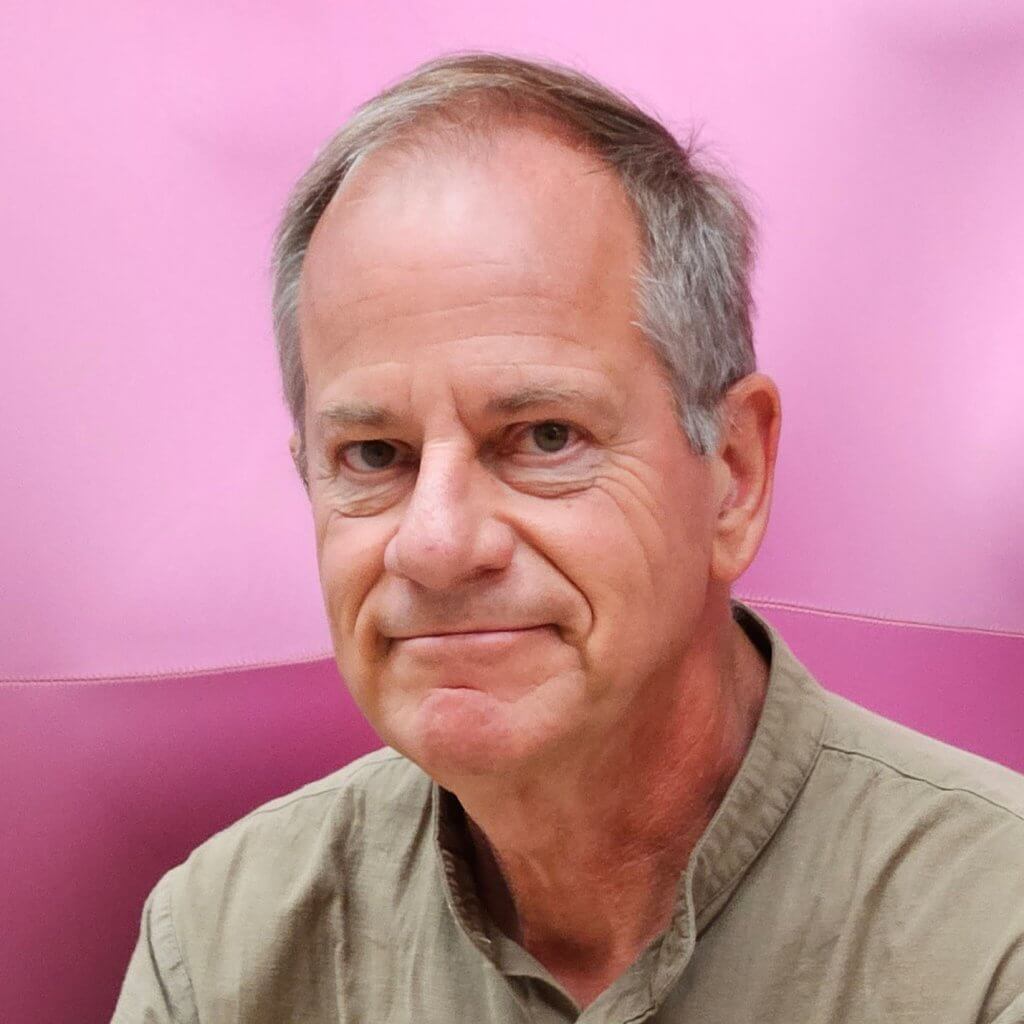
In the module Schenk teaches, students get experience gathering scientific data for tasks such as estimating the crowd size of a political event and counting objects to estimate their true number.
Schenk also contrasts the physical laws underlying global warming and the massive evidence for human contributions to global warming with how climate change is portrayed in politics and the media.
Earlier in the semester, Schenk’s students met at the Arboretum and Botanical Garden at Cal State Fullerton to measure temperatures using infrared cameras and thermometers.
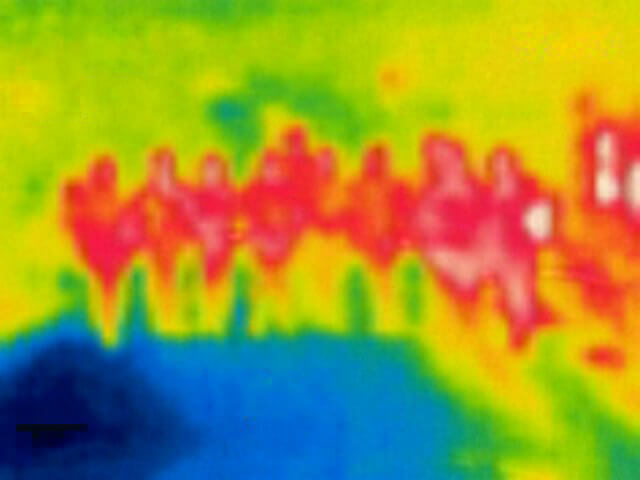
“The learning goal is to experience how difficult it is to answer a simple question such as ‘What is the temperature in the arboretum?’ and how many variables affect the answer,” he said.
“Students analyze the data and relate that experience to understanding the evidence for global warming and its complexities.”
Truth From a Historian’s Perspective
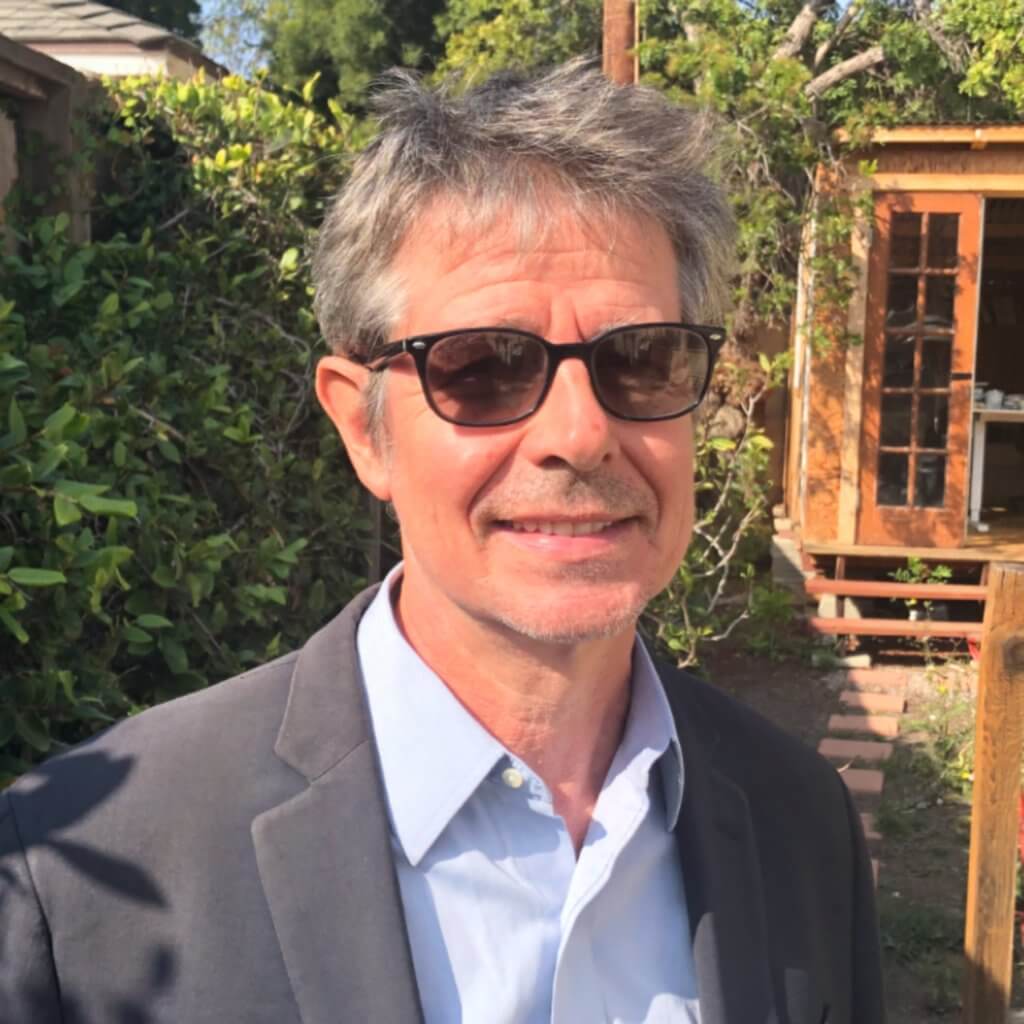
Lambert relayed that history is a discipline that has been struggling with the problem of incorporating diverse perspectives on past events.
“To explore those issues in my section, the students become historians and examine a case study centered on the question: ‘Was German physicist Werner Heisenberg trying to build an atomic bomb for Adolf Hitler during World War II?’”
Lambert chose this case study because of the rich historiography and source materials, and it’s not a topic on which students will have a strong point of view.
“I hope that the case study resonates with the present, but in ways the students must discover for themselves,” he said. “Deciding how to vote, for example, depends upon weighing different perspectives and complex information, skills students will develop as they work through our case study.”
The Search for Truth in Philosophy
Howat presents students with the differences and connections between truth and concepts such as evidence, justification and belief, and how to pursue the truth using philosophical topics in ethics and epistemology.
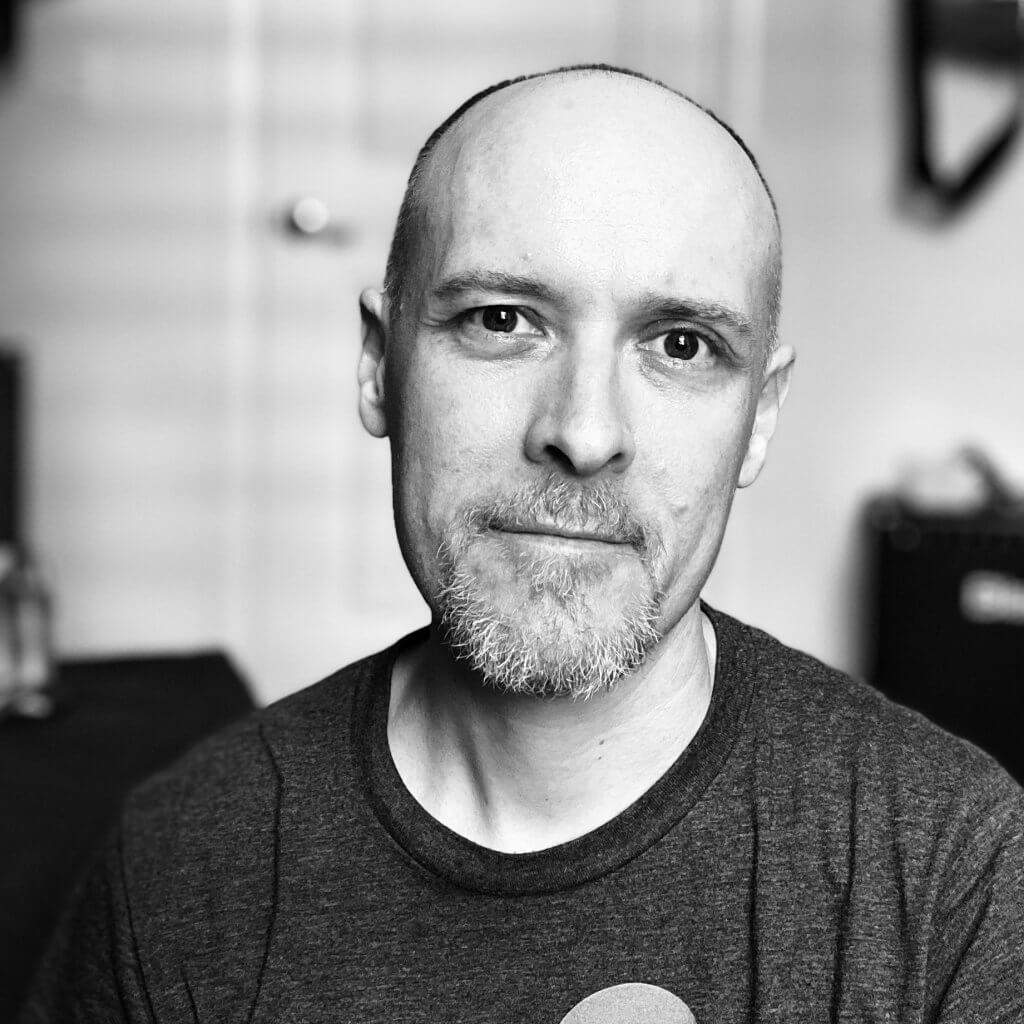
In the ethics unit, Howat said students are challenged with an argument for the conclusion that it is wrong to kill animals for food. Students grasp what it looks like when philosophers employ deductive arguments to support the truth or falsity of claims about right and wrong.
“Students must weigh in by evaluating each step in the argument and offering good evidence to support or oppose the argument,” he said.
In the epistemology unit, students learn about belief polarization and how it affects political discourse. Howat said this helps students understand when philosophers rely on inductive argument, which often includes bringing in evidence from related disciplines like political science and psychology.
“Each lesson illustrates that in philosophy, we must be very careful how we understand and define key terminology,” Howat said.
“If we want our students to succeed in their lives, relationships and careers, we have to convince them not only to care about truth but to get better at discerning it, even amid an unprecedented maelstrom of misinformation.”